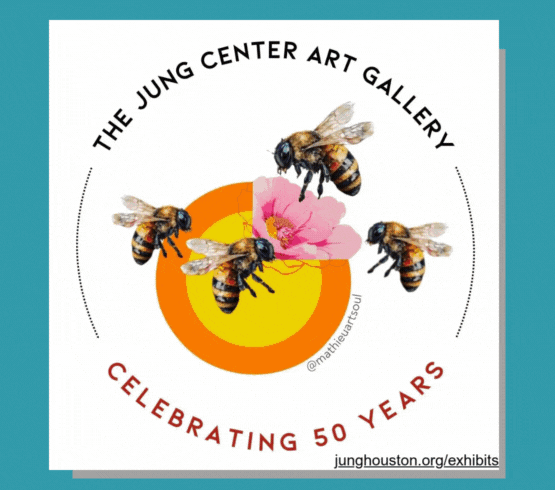Pierre Bonnard is one of the influential masters of the early twentieth century. He gave us a glimpse into his private world through paintings of his muse, his dogs, and his various homes and their surroundings in Paris, Normandy, and the south of France. The theme of the show at the Kimbell Art Museum (Nov. 5, 2023-Jan. 28, 2024) is “worlds within worlds,” and the paintings are organized accordingly.
“Bonnard was spending the winter months in the south of France,” said George Shackelford, Kimbell’s deputy director who conceived and organized the show. “He rented studios in Antibes and Saint Tropez. His home in Cannet is impeccably preserved, almost as though he just walked away from it.”
Bonnard was born in 1867 in Paris to a father who was a senior official in the French Ministry of War. He studied law to please his father, all while taking art instruction. At school, he met the painters Maurice Denis, Paul Sérusier, Édouard Vuillard, and Ker Xavier Roussel, with whom he would form Les Nabis (The Prophets), a group of artists inspired by the poetic Symbolist movement and Paul Gauguin’s paintings. These young painters sought to express their emotions and spirituality using color and form.
Shackelford organized the 70 paintings thematically. “No matter where Bonnard is painting or when it is, he always comes back to the same themes,” Shackelford said. “Worlds within his world is my organizing principle. The exhibition begins with his public surroundings, a view from a hillside in the south of France or a Paris apartment or across the Seine.”
The exhibition proceeds to the more private spaces of the garden. Crépuscule (La Partie de croquet or Twilight (The Game of Croquet) depicts Bonnard’s family in the garden of his grandfather’s home in the Dauphiné. The players include his father, his sister and her husband, and a cousin, while young girls frolic in the background. Borrowed from the Musée d’Orsay, this early painting is a masterpiece of light and shadow, rhythm and patterning.

1 ⁄9
Pierre Bonnard, Dining Room in the Country, 1913, oil on canvas. Lent by the Minneapolis Institute of Art, The John R. Van Derlip Fund © 2023 Artists Rights Society (ARS), New York

2 ⁄9
Pierre Bonnard, Nu à contre-jour (The Bathroom or The Dressing Room with Pink Sofa), 1908, oil on canvas. Royal Museums of Fine Arts of Belgium, Brussels, Inv. 6519 © 2023 Artists Rights Society (ARS), New York

3 ⁄9
Pierre Bonnard, Woman and Dog, 1922, oil on canvas. The Phillips Collection © 2023 Artists Rights Society (ARS), New York

4 ⁄9
Pierre Bonnard, Dining Room on the Garden, 1935, oil on canvas. Solomon R. Guggenheim Founding Collection, By gift 38.432 © 2023 Artists Rights Society (ARS), New York

5 ⁄9
Pierre Bonnard, The Bathroom, 1932, oil on canvas. The Museum of Modern Art, New York. Florence May Schoenborn Bequest, 1996 © 2023 Artists Rights Society (ARS), New York

6 ⁄9
Pierre Bonnard, The Palm, 1926, oil on canvas. The Phillips Collection © 2023 Artists Rights Society (ARS), New York

7 ⁄9
Pierre Bonnard, Twilight (The Game of Croquet), 1892, oil on canvas. Paris, Musée d'Orsay © 2023 Artists Rights Society (ARS), New York

8 ⁄9
Pierre Bonnard, Nude in the Bath, 1936, oil on canvas. Musée d’Art Moderne de Paris. Purchased from the artist for the 1937 International Exposition in 1937 © 2023 Artists Rights Society (ARS), New York

9 ⁄9
Pierre Bonnard, Landscape at Le Cannet, 1928, oil on canvas. Kimbell Art Museum. Acquired in 2018, in honor of Kay Fortson, President of the Kimbell Art Foundation, 1975-2017 © 2023 Artists Rights Society (ARS), New York
Next, Bonnard turns to the inside of the house to paint the common areas—the family at table, a tableaux of flowers, books on a table. “After this, we move into the more private spaces,” Shackelford said. “In the museum, we move from the south gallery with the skylights to the west gallery, where it’s darker and has lower ceilings—these are the bedroom and dressing-room paintings.”
And then, perhaps Bonnard’s best-known paintings—those of Marthe in the bath. “The three late great bathtub paintings have been united,” said Shackelford. “One from the City Museum of Paris, one from the Carnegie Museum of Art, and the third from a private collection in Europe. When you hang them together, it’s really powerful.”
According to Sarah Whitfield, who organized an exhibition of Bonnard’s work in 1998, he was “a profoundly radical painter who broke new ground by taking as his subject the difficult, complex and mysterious nature of sensory awareness…. exploring and analyzing ways in which visual perception interlock with the processes of memory.”
Bonnard painted what he loved—his family, his surroundings, his companion, and his animals. Of his technique, he said, “…before I start painting, I reflect, I dream.”
—DONNA TENNANT





